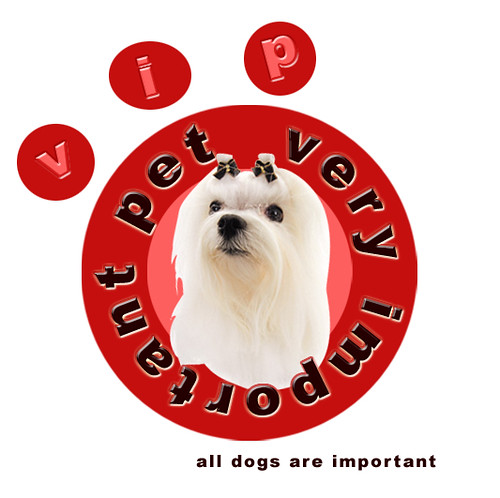Canine Instincts
An instinct is an internal programming that causes certain behaviours when stimulated. It may come from hormones, stomach, pain, or the urge to mate. In order to successfully train your dog, you should understand some of his basic instincts. Instincts have nothing to do with prior knowledge. Some examples are a puppy finding his mother’s nipple and being able to suckle, or the bitch making a nest where she will have her litter, or a hunting dog pointing.
Dogs learn many of their actions through training, but their instincts are there at birth. He knows instinctively to use his powerful nose to identify odours. He knows that leaving his urine at various places will be his own mark. The females don’t have to be taught what to do once their puppies are born. They instinctively know how to feed them, stimulate their elimination by licking at the genital and anal areas, and they know to dry them with her tongue right after birth, and to protect them from danger.
Even dogs who have been trained in certain areas or had new traits bred into them still maintain their original purpose. For example hunting dogs know to seek and chase prey, fighting dogs know how to go for the jugular, herding dogs know how to round up their charges, and hound dogs just naturally know they are supposed to follow a trail and make the baying sound. In other words some things are already there when the dog is born, while certain specific actions are learned through training sessions. Another term that can be used instead of the word “instinct” is “inherited behaviour”.
Humans throughout the years have been able to change instincts somewhat by selectively breeding dogs. For example, hunting species have the hunting instinct, but man has helped to refine and develop it for his own use. Because the canine world has evolved so much, we don’t always know whether an action is instinctual or learned. It’s probably safe to say that instincts are the foundation and we add to it by teaching our dogs learned routines.
Both purebred dogs and mixed breeds retain a general pattern of canine actions. They were designed to be predators who hunt for food by chasing their prey, killing it, and ultimately having it for dinner. It doesn’t matter if you have a Toy Poodle or a German Shepherd; all dogs at their core are predators.
As we already know, various breeds have certain activities that are instinctive to them. The American Kennel Club (AKC) and other worldwide canine associations divide dog breeds into a variety of categories. For example sporting dogs hunt and retrieve game birds; hounds track scents with their unstoppable noses; terriers use their paws to dig into animal dens; and finally the herders help to move flocks of sheep and cows. Then there are working dogs that have guard jobs, pull sleds or carts, and generally help their two-legged friends in any number of employment opportunities. Even the little guys use to work. Toy dogs were and still are companions and sometimes bed warmers. They also used to hunt mice, and attract the pesky flea from royal persons to themselves. There is also the non-sporting group which is made up of dogs that don’t share a specific characteristic. For instance, did you know that the Lhasa Apso was once used for warning Tibetan monks when someone was coming?
Even as a pup, your dog with the hunting instinct will chase anything that moves. If you have one that came from herding ancestry, he will try wrangling kids or other pets, trying to work them into a pattern or herd. If you catch these routines when he’s young enough, you can train him out of acting on them. If they have already taken hold, then your chances of changing him are slim to none.
If your puppy or dog has a strong predatory instinct they may pose a problem to small children and other household pets. While their still young, they are a nuisance, and if they aren’t trained out of the behaviour they could actually seriously harm or even kill neighbourhood pets and wildlife.
Since all dogs do have that predatory nature, you are sure to see some signs of it. Some dog breeds and individual dogs seem to have more than the normal share. For instance Border Collies are hard workers, always on the lookout for something to stalk and chase; terriers may look for rodents to kill; hounds may instinctively track its humans. Unless you have time for training or money for obedience school, you may want to choose a more docile breed.
6/19/09
Subscribe to:
Post Comments (Atom)

No comments:
Post a Comment